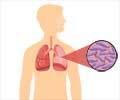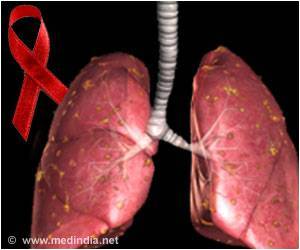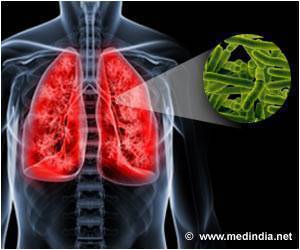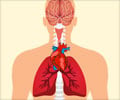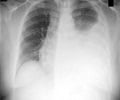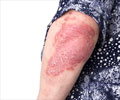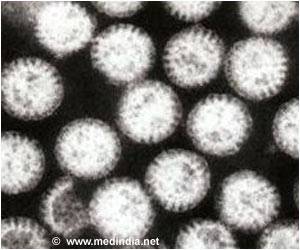Subduing tuberculosis contagion in geographic ‘hotspots’ where infections soar could notably reduce TB transmission on a wider scale, states study by researchers.
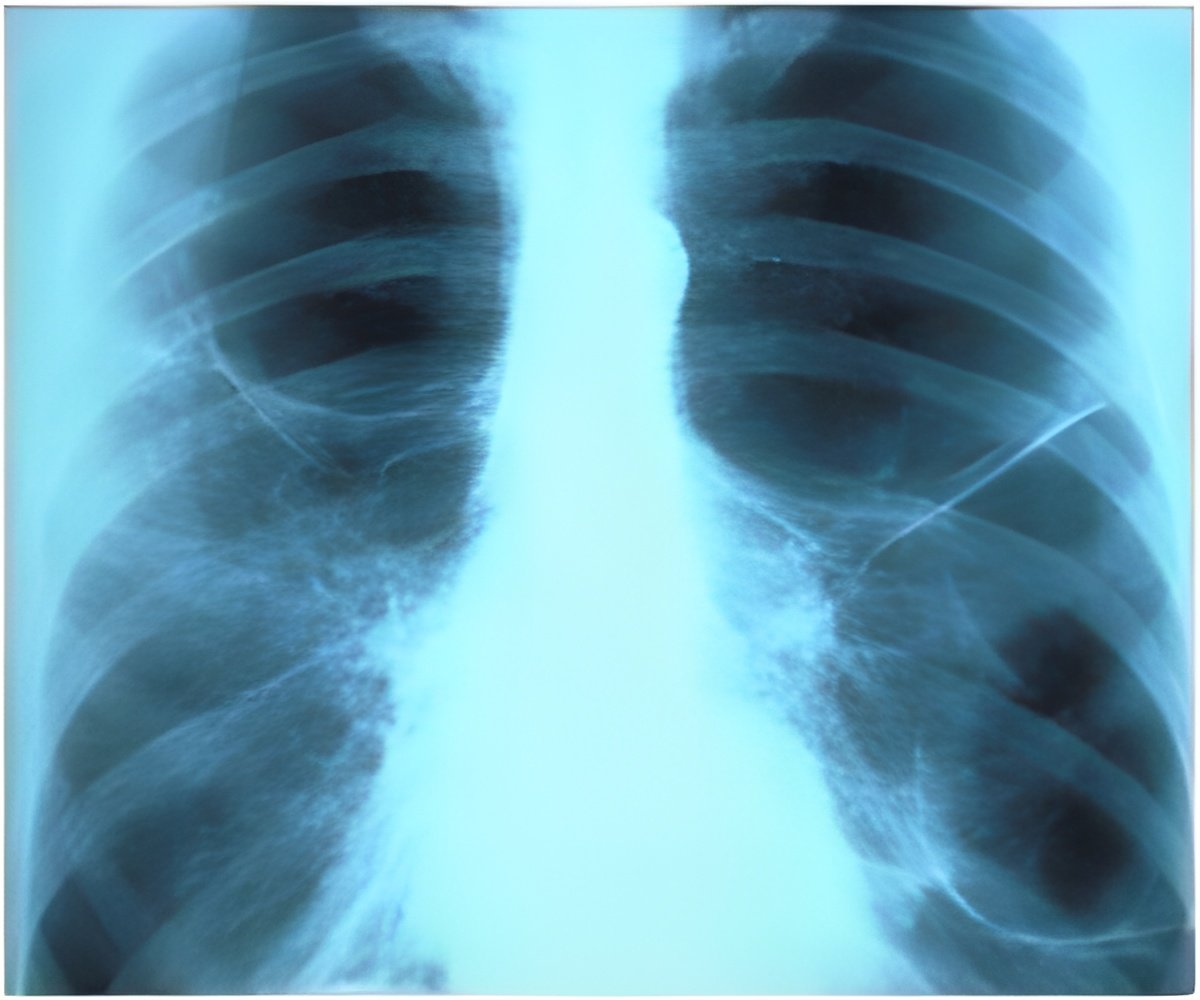
For the study, Dowdy and his colleagues developed mathematical models for TB transmission using surveillance data from Rio de Janeiro. Each model tested different scenarios for TB transmission between the hotspot and the rest of the community. Co-infection with HIV was also factored into the model.
According to the study, reducing TB transmission rates in the hotspot to those in the general community reduced citywide TB incidence by a mean 2 percent per year over the first 5 years. By year 50, TB incidence was reduced by 29.7 percent, reflecting a 62.8 percent reduction in incidence in the hotspot and a 23.1 percent reduction in the remaining community.
Tuberculosis infects more than 8.8 million people worldwide, resulting in 1.4 million deaths each year. The disease is known to cluster in hotspots typically characterized by crowding, poverty and other illnesses such as HIV. Nevertheless, TB transmission appears to be more homogeneous than that of many other infectious diseases, in which 20 percent of the population may generate 80 percent of infections.
According to Dowdy, "TB may not follow the same '80/20' rule that we see in parasitic or sexually transmitted diseases, but the '35/6' rule seen in our study suggests that targeting hotspots is still the best way to control TB in a community."
Source-Eurekalert

